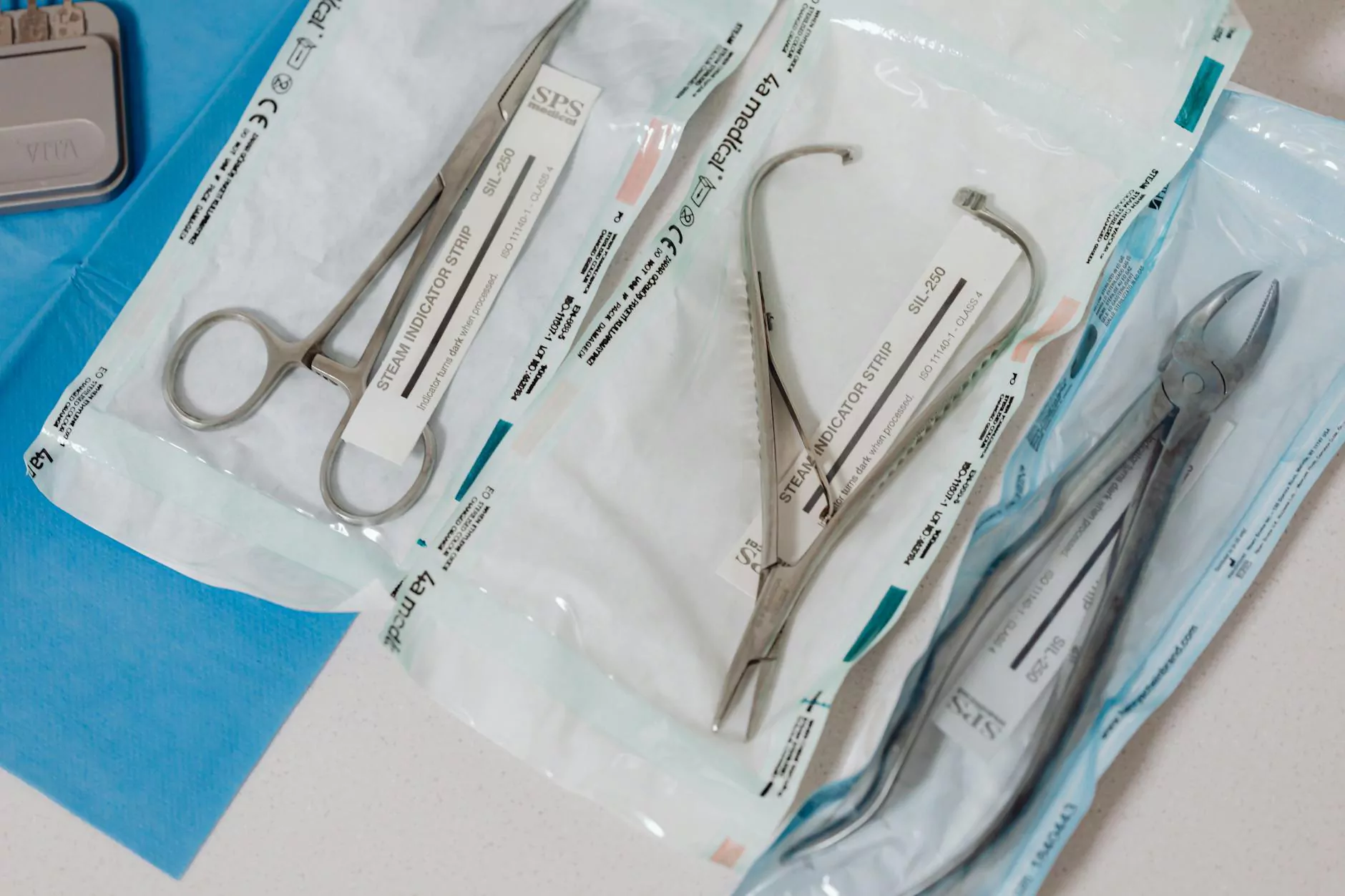Understanding and Managing Shoulder External Rotation Pain

Shoulder external rotation pain can be a debilitating experience, affecting not only your physical abilities but also your quality of life. In this article, we will delve deep into the subject, providing you with the necessary information to understand, manage, and potentially overcome this type of pain.
What is Shoulder External Rotation Pain?
Shoulder external rotation pain refers to discomfort or pain occurring in the shoulder joint when the arm is rotated outward. This movement is crucial for various daily activities, from throwing a ball to reaching for an object behind you. Pain in this area can significantly limit your mobility and affect your overall functionality.
Causes of Shoulder External Rotation Pain
Understanding the underlying causes of shoulder external rotation pain is essential for effective treatment. Here are some common causes:
- Rotator Cuff Injuries: These injuries involve damage to the tendons or muscles surrounding the shoulder joint, often resulting in pinpoint pain during specific movements.
- Shoulder Impingement: This occurs when the tendons of the rotator cuff get pinched during shoulder movements, leading to inflammation and pain.
- Arthritis: Osteoarthritis or rheumatoid arthritis can cause the cartilage in the shoulder joint to wear down, leading to discomfort during motion.
- Frozen Shoulder: Also known as adhesive capsulitis, this condition causes stiffness and pain, particularly affecting the ability to rotate the shoulder outward.
- Labral Tears: Injuries to the cartilage that surrounds the shoulder joint can cause pain, particularly when the arm is rotated.
- Tendinitis: Inflammation of the tendons in the shoulder can lead to chronic pain and restrictions during external rotation.
Symptoms Associated with Shoulder External Rotation Pain
The symptoms of shoulder external rotation pain can vary widely based on the underlying cause. Common symptoms include:
- Localized Pain: This is usually felt on the outer side of the shoulder and may radiate down the arm.
- Limited Range of Motion: Individuals may find it difficult to rotate their shoulder outwards, impacting daily activities.
- Pain during Specific Activities: Activities such as throwing, reaching, or lifting may exacerbate the pain.
- Muscle Weakness: Weakness in the shoulder and surrounding muscles can accompany the pain, further limiting movement.
Diagnosis: How is Shoulder External Rotation Pain Assessed?
Accurate diagnosis is crucial for effective treatment. A healthcare professional typically employs the following methods to diagnose shoulder external rotation pain:
- Physical Examination: The doctor will assess your shoulder by checking your range of motion, strength, and any areas of tenderness.
- Imaging Tests: X-rays, MRIs, or ultrasounds may be ordered to visualize the structures of the shoulder and detect any abnormalities.
- Patient History: A detailed account of your symptoms, physical activities, and any previous injuries will help the doctor in making an accurate diagnosis.
Treatment Options for Shoulder External Rotation Pain
Once diagnosed, various treatment options can be explored based on the severity and cause of the discomfort:
1. Conservative Treatments
- Rest: Allowing the shoulder to rest can help reduce inflammation and avoid exacerbating the pain.
- Ice and Heat Therapy: Applying ice can help manage acute pain, while heat can be beneficial for muscle stiffness.
- Physical Therapy: A tailored rehabilitation program can strengthen the shoulder muscles, improve range of motion, and promote healing.
- Medications: Over-the-counter medications such as NSAIDs can help reduce pain and inflammation.
2. Invasive Treatments
- Corticosteroid Injections: For severe inflammation, corticosteroid injections may provide temporary relief and reduce swelling.
- Arthroscopic Surgery: In cases of structural issues like tears or impingement, minimally invasive surgery may be necessary to repair damaged tissues.
3. Alternative Treatments
- Chiropractic Care: Chiropractors can help realign the shoulder joint and provide relief through various manipulation techniques.
- Acupuncture: Some individuals find relief from pain through acupuncture, which can stimulate the body’s healing processes.
Exercises for Improving Shoulder External Rotation
Incorporating specific exercises into your routine can greatly aid in improving shoulder external rotation and alleviating pain. Always consult with a healthcare professional before starting any exercise program.
1. Shoulder External Rotation Stretch
To perform this stretch:
- Stand or sit with your arm bent at a 90-degree angle, holding a towel behind your back.
- Gently rotate your forearm outward, keeping your elbow close to your side.
- Hold this position for 15-30 seconds before returning to the starting position.
2. Resistance Band External Rotation
Using a resistance band can strengthen the rotator cuff:
- Attach a resistance band to a stationary object at elbow height.
- Stand with your side to the band, holding it with the arm closest to it at a 90-degree angle.
- Start in the neutral position and rotate your arm outward against the resistance, then return slowly.
3. Doorway Stretch
This stretch can help increase flexibility:
- Stand in a doorway and place your forearms on the door frame.
- Step forward gently until you feel a stretch across your chest and shoulders.
- Hold for 15-30 seconds, ensuring not to force the movement.
Conclusion: A Healthier Future Awaits
In conclusion, managing shoulder external rotation pain involves understanding its causes, symptoms, and treatment options. With the right strategies—be it through conservative methods or guided exercises—it is possible to alleviate pain and restore mobility. Prioritize your shoulder health, and consult a medical professional for tailored advice and to embark on a path to recovery.
For more resources and professional assistance related to shoulder pain and rehabilitation, consider visiting IAOM-US, a trusted provider in health and medical education, particularly for chiropractic care and related physical treatments.









